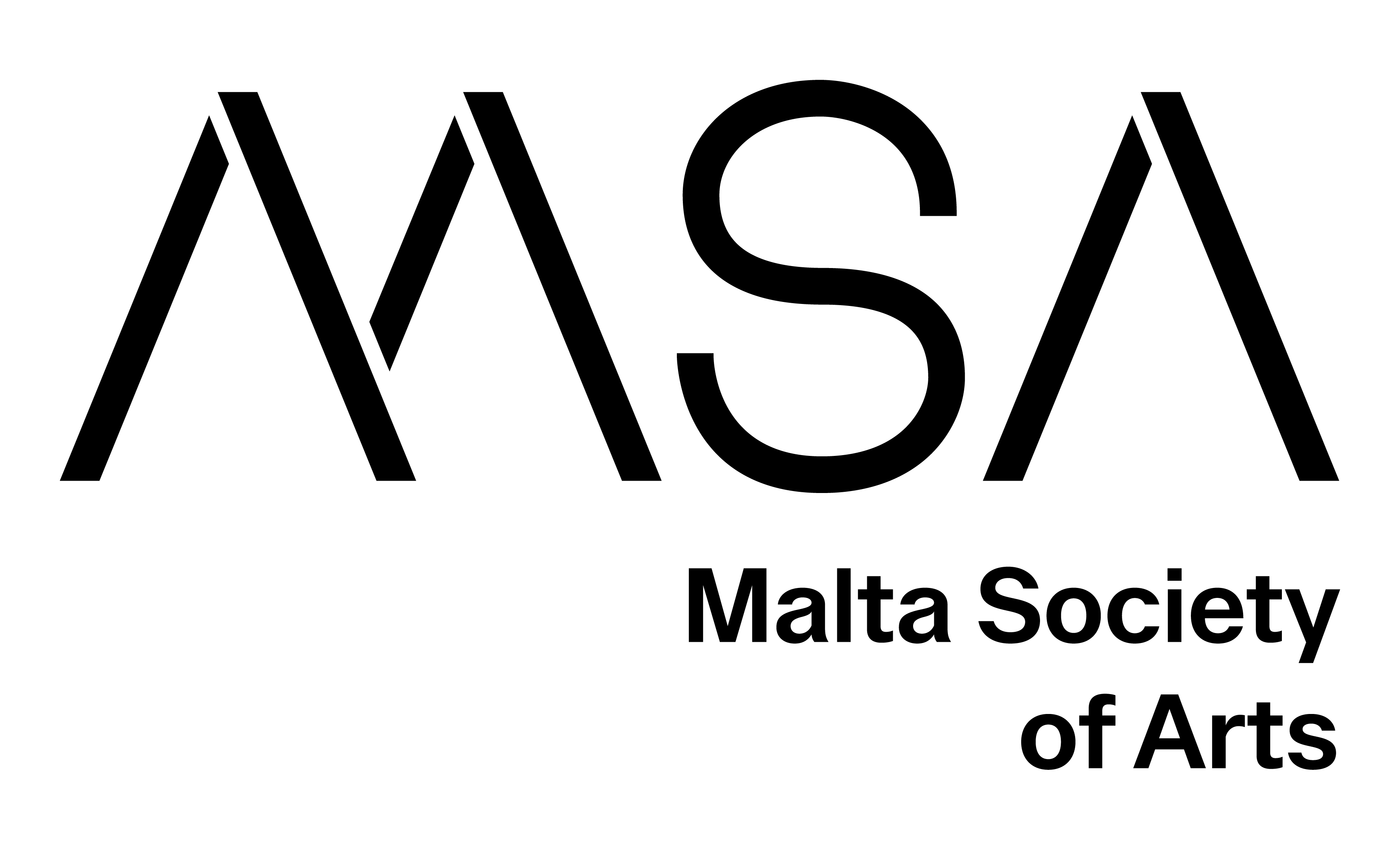It is widely acknowledged that soil comprises an abundance of both living and non-living components, rendering it a complex and dynamic milieu in which these elements are intricately entangled. Scholars such as Donna Haraway and David Montgomery have drawn attention to the significance of soil and the diverse array of existence it contains, fostering critical discussions that challenge traditional anthropocentric perspectives.
As far as art is concerned, soil has historically been depicted through symbolic and realistic representations, as Christian Feller and others have noted. However, with the emergence of land art, environmental art, ecological art, bioart, and soil art, as well as the incorporation of multispecies anthropology in art practice, the treatment of soil in the art world has undergone a significant shift. Contemporary artists have also begun to explore soil in innovative ways. Soichiro Mihara's Making Soil is one of its notable examples. This artwork is composed of three parts. The main part is a video of soil, distributed on the web (http://compost.mhrs.jp/) in real time. The other part will be the legally approved will of Mihara (currently being prepared). As soon as it is completed, it will be posted on a web video screen. Finally, there will be an “On-Site Dialogue” between Mihara and the guests, which will be superimposed on the web video in real time.
In Making Soil, soil, compost, and the process of composting are at the heart of the work. Composting, the process of increasing the activity of microorganisms in the soil through the addition of organic compounds and appropriate oxygenation, facilitates the decomposition of both natural and artificial objects through the action of these microorganisms. And then, the soil resulting from this process is commonly referred to as compost. In our contemporary society, where production and consumption are incessantly repeated, a plethora of objects is in circulation. Many of them are processed (crushed, incinerated, discarded, etc.) by machines as waste or left as they are. The work on soil by Mihara, which disseminates composting videos on the web indefinitely for 24 hours, is a work that intervenes in this scenario. In the work, microorganisms both compose soil and decompose objects. In the other words, microorganisms decompose various objects, which, when they die, become a source of energy for other tiny life forms, which are decomposed and mixed with other objects to become part of the soil. Therefore, there exists a constant exchange of life and death, resulting in the establishment of a cycle of decomposition. In such a decomposed world, the object remains a recursive source in a state of metastability.
In this paper I explore Mihara’s artistic practice with soil, specially focusing on decomposition, the cycle of life and death, and the concept of metastability.
Yosaku Matsutani is currently a professor in the Department of Sociology at Otemon Gakuin University in Osaka, Japan. He specializes in aesthetics, art and media theory, and visual culture studies. He works on problems of art practices since the aesthetic turn, the relationship between science, technology, and art, and the sensibilities common to various organisms and things. His publications include works on art practices in Japan since the 2010s, the relationship between art and computation in the 21st century, art practices about the entanglement of soil and microorganisms, and image practices in outer space. Recent articles include "Aesthetic Techniques Without Technology: Soichiro Mihara's "[blanc] project"", and co-authored "Living Images, Inert Humans: Vitality of the Images Appearing in Chromatophony and A Wave".
Back







